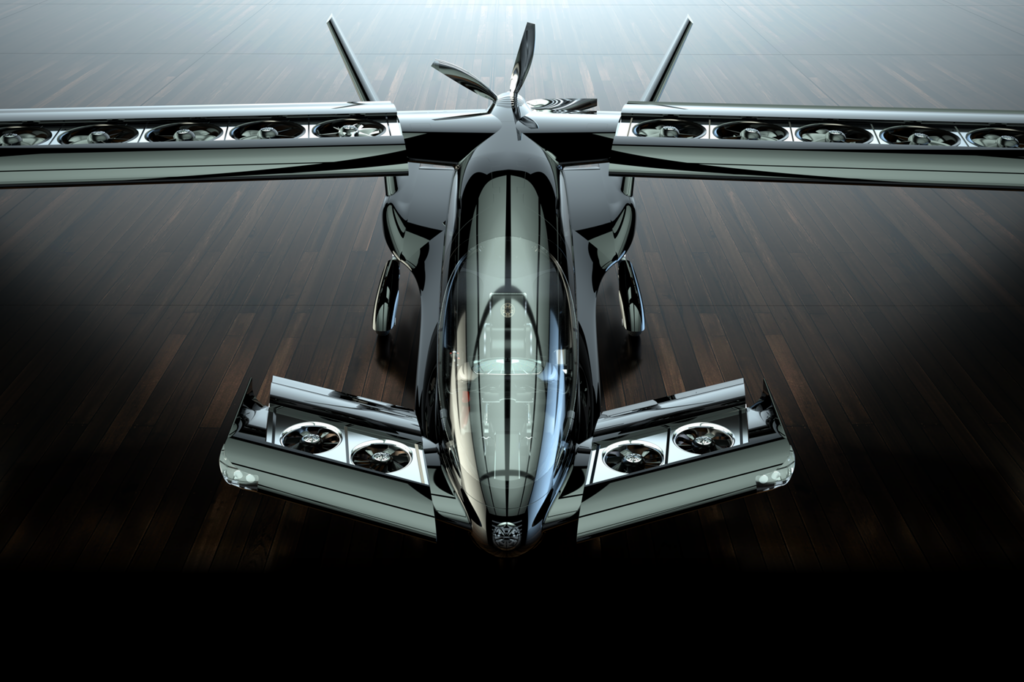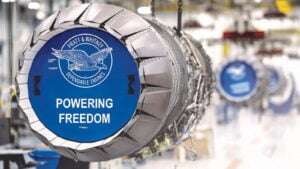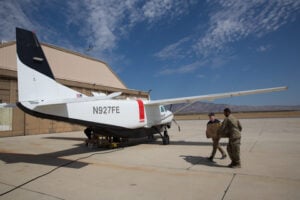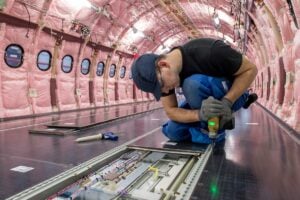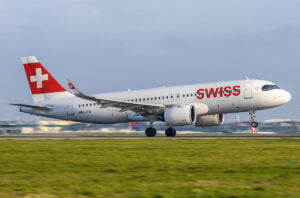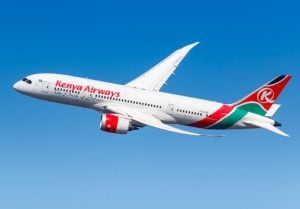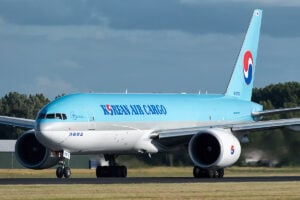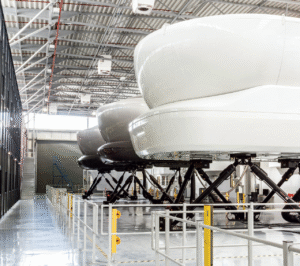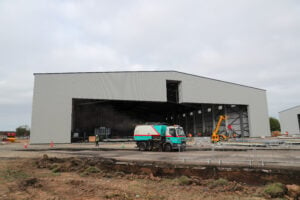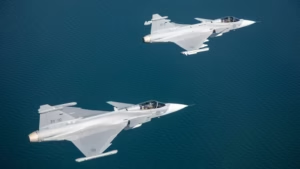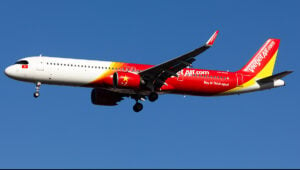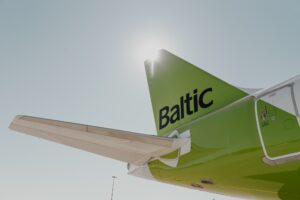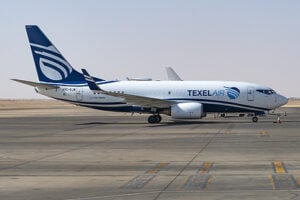Horizon Aircraft, a hybrid eVTOL aircraft developer operating under the name New Horizon Aircraft, believes that the fan-in-wing technology employed in its Cavorite X7 is ideally suited for military aviation operations that demand operational flexibility, reduced noise signature, speed, and access.
Brandon Robinson, CEO of Horizon Aircraft, stated: “The Cavorite X7’s robust technology of fan-in-wing means its rotors are not only protected, but they also reduce the noise signature over an open rotor design, two features that should appeal greatly to the military.”
Horizon Aircraft has identified three primary military roles for which the Cavorite X7 could be considered:
- Medical Evacuation
Speed is crucial in medical evacuation scenarios, as the ability to transport casualties to a primary point of care within the ‘golden hour’ can be lifesaving. The MV-22 Osprey has already proven its value in this role, and Horizon believes that the Cavorite X7 could achieve similar success using fewer resources. Its smaller size would be well-suited for accommodating casualties and medical personnel. - Insertion/Extraction
In its civilian configuration, the Cavorite X7 can carry six passengers, but for military purposes, it can be adapted to transport four passengers fully equipped for combat. This is ideal for reconnaissance or special operations teams. The aircraft’s noise reduction, compared to open rotor designs, makes it highly suitable for covert or discrete missions. - ISR (Intelligence Surveillance and Reconnaissance)
The Cavorite X7’s hybrid electric powertrain can deliver an estimated 100kW, enabling it to support multiple sensors for intelligence gathering and surveillance. Its ability to loiter in ‘wings-closed’ mode for extended periods enhances its role as a sensor platform, aligning with the US Marine Corps’ philosophy of “every platform a sensor.”
Robinson further commented: “Military budgets are increasing at a time when there is a growing focus on how to enhance military aviation capabilities, while reducing their environmental impact. As the eVTOL sector rapidly evolves, it will play a growing role in supporting military operations, and we believe that our Cavorite X7 is well positioned to capitalise on this.”
The Cavorite X7 will have an estimated gross weight of 5,500 lbs and a projected useful load of 1,500 lbs. With an estimated maximum speed of 250 miles per hour and an average range of over 500 miles with fuel reserves, Horizon believes that this experimental aircraft, if eventually licensed for commercial use, would excel in medical evacuation, critical supply delivery, disaster relief, and special military missions. The company also foresees potential use in Regional Air Mobility—transporting people and cargo over distances of 50 to 500 miles.
Unlike many aircraft in its category, the Cavorite X7 is designed with a hybrid electric power system. After vertical take-off, it can recharge its batteries mid-flight when flying like a traditional aircraft. Upon mission completion and a vertical landing, it can recharge its own battery array, eliminating the need for ground charging infrastructure.
Horizon Aircraft believes that its innovative approach and technology will allow the Cavorite X7 to complete 98% of its missions in a low-drag configuration similar to a traditional aircraft. The company asserts that operating primarily as a conventional aircraft will enhance safety and simplify the certification process compared to other radical new eVTOL designs. Powered by a hybrid electric system capable of recharging its battery array during and after flight, the Cavorite X7 will also feature significant system redundancy. Horizon is continuing the testing of its 50%-scale aircraft, which it believes will reduce technical risk as development of the full-scale model progresses.

